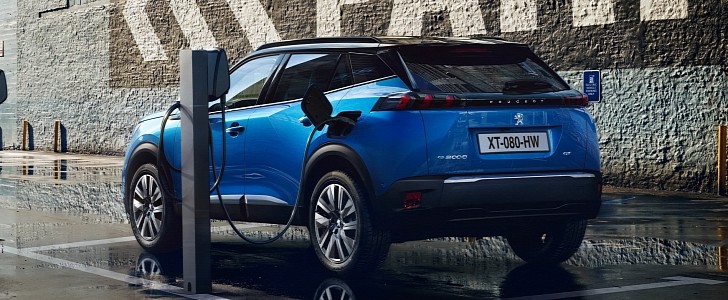According to Stellantis CEO Carlos Tavares, this industry-wide push toward electrification means 50% additional costs for a carmaker when compared to what it costs to build an internal combustion engine-powered vehicle. In turn, this could eventually lead to a loss of jobs, as well as a drop in vehicle quality, as manufacturers struggle to manage these higher costs.
During an interview at the Reuters Next conference, Tavares stated that these new costs are “beyond the limits” of what the car industry can sustain and that they could also force some carmakers to charge higher prices for vehicles (and sell fewer cars), or perhaps accept lower profit margins, although, in his opinion, both scenarios lead to cutbacks.
“What has been decided is to impose on the automotive industry electrification that brings 50 percent additional costs against a conventional vehicle,” he said. “There is no way we can transfer 50 percent of additional costs to the final consumer because most parts of the middle class will not be able to pay.”
The Stellantis boss also said that the way his company is aiming to avoid cost cutting is by boosting productivity at a far greater pace than the industry norm.
“Over the next five years we have to digest 10 percent productivity a year... in an industry which is used to delivering 2 to 3 percent productivity. The future will tell us who is going to be able to digest this, and who will fail. We are putting the industry on the limits.”
Even though EV costs are expected to go down, some analysts project that BEVs and ICE-powered cars won’t reach cost parity until sometime in the second half of this decade, reports Autonews Europe.
In terms of finances, despite automotive giants such as Stellantis having far more experience in this industry than the likes of Tesla or Rivian, investors still value the latter two more than they do a brand that owns the likes of both Jeep and Ram, which are otherwise still highly profitable.
“What has been decided is to impose on the automotive industry electrification that brings 50 percent additional costs against a conventional vehicle,” he said. “There is no way we can transfer 50 percent of additional costs to the final consumer because most parts of the middle class will not be able to pay.”
The Stellantis boss also said that the way his company is aiming to avoid cost cutting is by boosting productivity at a far greater pace than the industry norm.
“Over the next five years we have to digest 10 percent productivity a year... in an industry which is used to delivering 2 to 3 percent productivity. The future will tell us who is going to be able to digest this, and who will fail. We are putting the industry on the limits.”
Even though EV costs are expected to go down, some analysts project that BEVs and ICE-powered cars won’t reach cost parity until sometime in the second half of this decade, reports Autonews Europe.
In terms of finances, despite automotive giants such as Stellantis having far more experience in this industry than the likes of Tesla or Rivian, investors still value the latter two more than they do a brand that owns the likes of both Jeep and Ram, which are otherwise still highly profitable.






